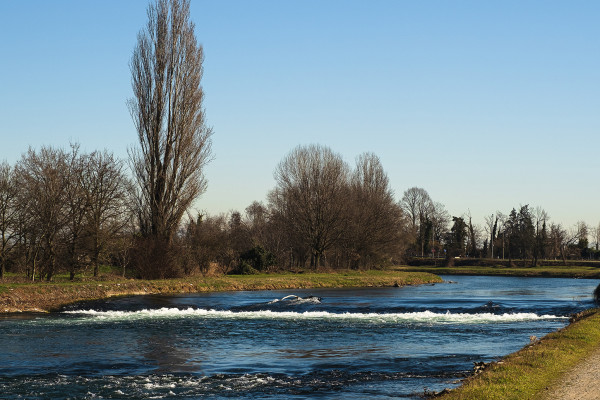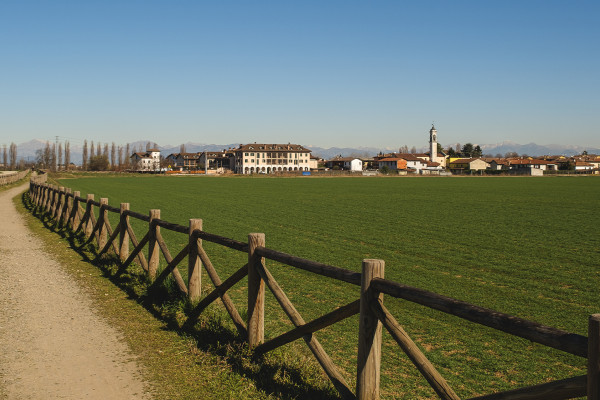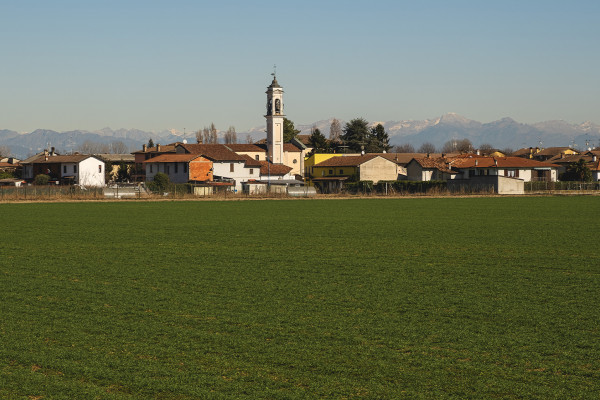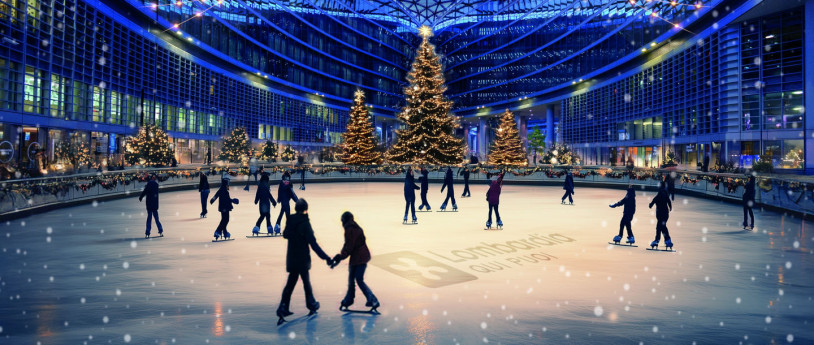- Itinerari
The oratory of San Biagio at Rossate farmstead.
Along the Muzza Canal, hidden in the fields, is a charming little oratory, with classical-Renaissance proportions, some believe designed by a young Bramante together with Bartolomeo Suardi, also known as Bramantino.
The fine architecture is singular in its location because it is in the context of a rural nucleus almost lost in this upper Lodi countryside.
The itinerary proposed here follows the Muzza Canal, one of the oldest in the Po Valley; in fact, one of its sections dates back to Roman times. The flowing of its waters will accompany the ride until reaching the village of Lavagna, an ancient feud of the Visconti family, and ending at the oratory of San Biagio. It should be kept in mind that the latter remains open on Saturdays, Sundays and holidays from 1 to 4:30 pm.
The car is to be left in the municipality of Paullo, near the water house near Tarcisio Park. We immediately jump into the saddle and follow Via Martiri Villa Pompeiana and, just past the curious church of San Tarcisio, turn left along Via A. Manzoni. Shortly afterwards we reach the crossroads with via Alcide de Gasperi, on the left, and via Santa Maria Mazzarello, on the right, here the ride seems to have to stop for works but instead it is possible to pass through the construction site and, reach the crossroads with the Paullese. Here one must wait for the green light at a particularly slow traffic light to cross the provincial road and reach the hamlet of Conterico.
From Conterico take the dirt bike path along the canal and follow it to the village of Lavagna. The views along the canal offer enchanting glimpses of the Orobie and Lario mountains. In particular, at the height of one esse of the watercourse, one can make out Resegone, which seen from here is almost unrecognizable. The waters of the canal are clear and it is not uncommon to see some swans. We get back on the road and pass under the ring road. You still continue on the dirt road when, almost suddenly, theoratory of San Biagio appears among the trees and remains on the opposite side of the canal. We continue and, in a short time, reach the bridge that allows us to gain the opposite bank of the Muzza. Here there is the silent hamlet of Lavagna, a village suspended in time. We pass the town's parish and take the Rossate street that accompanies us along several fields to our destination.
The Oratory of San Biagio stands humbly in the green surroundings of the Rossate farmstead, small but with a subdued beauty that fascinates and excites. The rustic air of exposed brick matches the complex structure in a pleasantly unexpected way. Seeing the time-faded fresco on the facade, one is left to wonder what it looked like five hundred years ago.
Poking around a bit in the surroundings one realizes that one can go around the surrounding fields and go to see the opposite side.
When the exploration is over, one can return to the car by following the same route as on the way out. Shortly after leaving the oratory the view opens up with the Orobie Mountains as a backdrop to the four houses of Rossate-a breathtaking sight.
-
Cover image: @mattiabedetti
Mostra cosa c'è nelle vicinanze:



